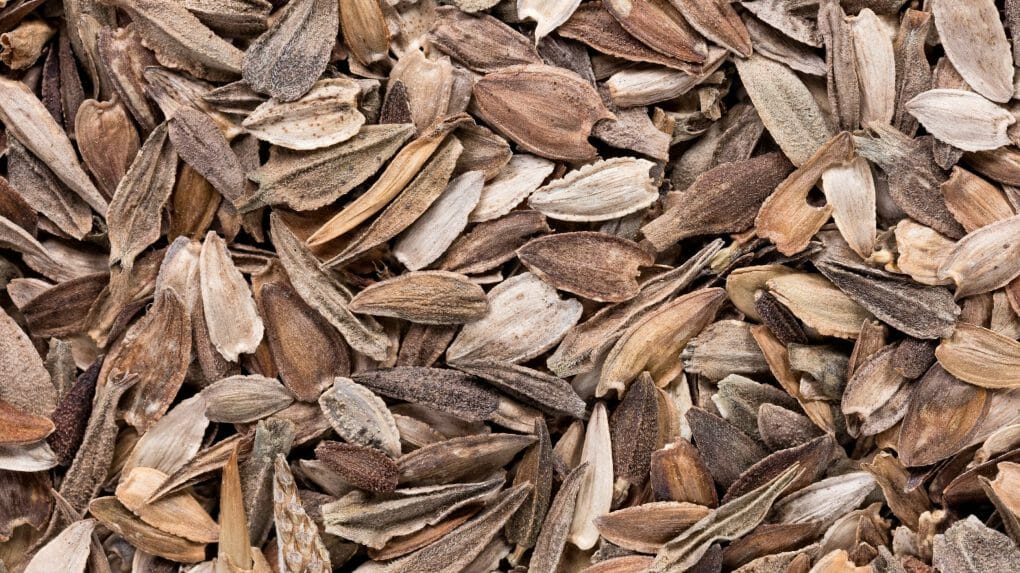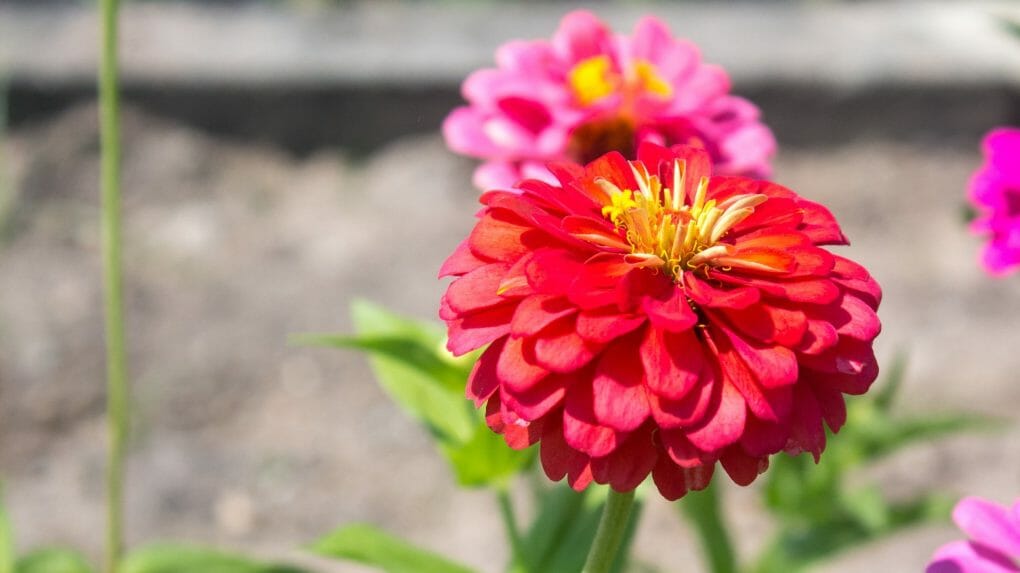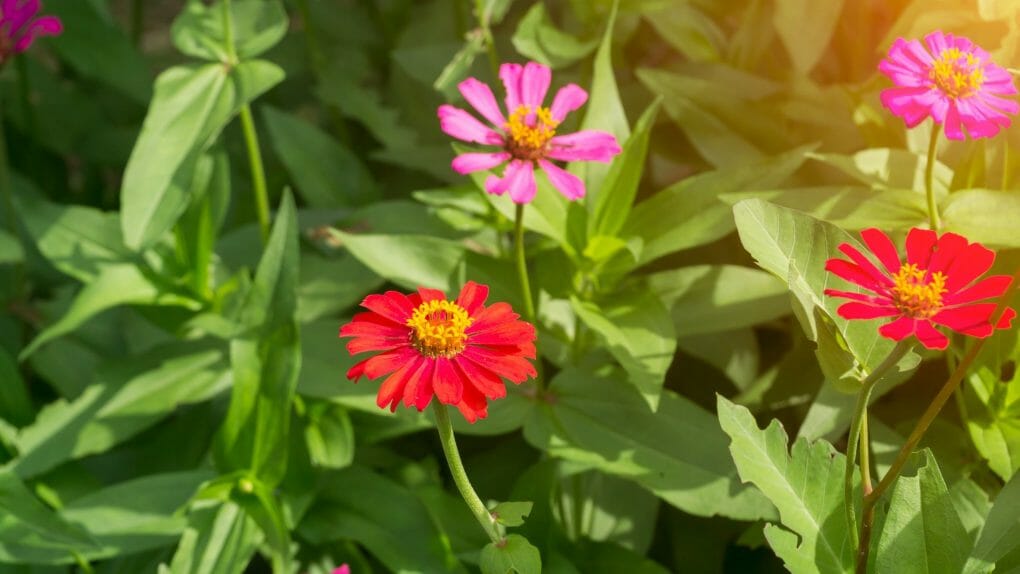When to Plant Zinnia Seeds? The Best Time to Plant Zinnias
For earlier flowers, plant zinnia seeds in April or May in a greenhouse, cold frame, or on a sunny windowsill. Zinnias are half-hardy annuals that don’t like the cold, so don’t sow them under cover too early in the spring because they shouldn’t be planted outside until the weather is warm enough. In cold places, that might not happen until the beginning of June.

Zinnias don’t like it when you touch or break their roots, so don’t plant them in seed trays. Module trays are an option, but there are better choices. You can also plant them in a guttering so the seedlings can slide right into their planting hole.
If you want to keep your seedlings from dying from damping, water the modules, pellets, or guttering often but not so much that the soil becomes soaked.
Don’t bother with modules or pellets if you live in an extremely cold region. Instead of starting your zinnia seeds in modules or pellets to be transplanted later, spread them directly into greenhouse beds or the soil under a polytunnel, and they will blossom there all summer. Since zinnias thrive in warm weather, summer is the best time to plant them outside.
The time to bloom for zinnias from seed is roughly two months, though this might vary depending on environmental factors. Since zinnias are annuals, they won’t return the following year. However, you can save the seeds from your plants and sow them according to our planting schedule for a stunning show the following year.
Table of Contents
When Is the Ideal Time To Directly Sow Zinnia Seeds in Your Garden?

Zinnias are sensitive to root disturbance. Thus direct seeding usually produces the greatest results. Is there a specific time of year that zinnia seeds should be planted outside? T-shirt weather may not arrive until early June in northern latitudes, so be patient.
Zinnias are highly sensitive to cold. Therefore planting and transplanting should be delayed until the risk of frost has gone. Planting zinnia seeds early is pointless because the plants won’t germinate until the soil temperature reaches at least 60 degrees Fahrenheit (15°C), even if you start them inside. Simply put, you can avoid many headaches by directly sowing your zinnias.
Since zinnias cannot survive in excellent soil, they should be sown directly outside two to three weeks after the last normal frost date.
In whole light and healthy, well-drained soil, sow. If planning a cut flower garden, look for gaps in the perennial borders. If you’re planning a vegetable garden, sow colorful rows. Before planting, thoroughly rake the dirt to make it easier for the finicky roots to penetrate. Then scatter seeds widely, about 12 inches (30 cm) apart and 0.1 inches (3 mm) deep.
Plant zinnias in May or June once the soil has warmed up, whether you bought them as plug seedlings or grew them yourself. Find a location that gets a lot of sun and is rich in nutrients, with well-drained soil that you’ve raked thoroughly before planting. Plant the modules or plugs carefully and with minimal handling; zinnias don’t enjoy having their roots disturbed.
Sowing in Pots
Transplanting is recommended. Sow seeds four weeks before the last frost in 72-cell flats or your preferred seedling container. Cover seeds. A heat mat will help keep the temperature just right. Germination will take longer at lower temperatures: 5-7 days at 70-75°F (21-24°C). Harden plants off and plants them outside after the last frost. Don’t let plants get too big for their roots, and don’t mess with them. Double-flowering varieties may only bloom once after a transplant shock or other stress. In direct seed, sow 1/4″ deep after the last frost.
Compact zinnia cultivars can be planted in a 12in (30cm) pot, while the taller 3ft (90cm) zinnias need a larger container. The compost should be moist, so ensure the container has drainage holes.
Planting zinnia seeds at the proper time ensures a successful crop. You can start the seeds indoors in April or May or wait until the weather and soil are warm enough to plant them outside.
Growing Zinnias All Year Round

Habit of Growth
There are a lot of different sizes of zinnia plants. Some grow slowly. Mounding plants that are 1 foot tall. Others are big-flowering plants that grow to be 3 feet tall. Plant the right type of plant for your needs and your space. Mounding types have smaller flowers and make plants that look more like decorations. People often use taller varieties for cutting, which look best when grown in rows or groups.
Staking
If you have tall zinnias, it’s a good idea to stake them so they don’t touch the ground. This will keep the flowers upright and create a tented area of foliage. You can use plastic or wooden stakes at least 4 inches (10cm) long.
The stems of these flowers are strong, so they don’t need to be staked.
Watering
For best growth, zinnias need moist soil. This is especially true when the plants are young. Water deeply a few times weekly, so the soil stays moist 6 to 8 inches deep. Don’t water too much because zinnias can get diseases that cause them to rot, especially if the soil is wet and clay-based. Once they are established, zinnias can handle drought pretty well.
Fertilizing
Before you plant zinnias, use compost to improve the soil. You can Side-dress with an organic 5-5-5 fertilizer when the flowers start to grow to get more and more prominent flowers.
Mulching
Once the zinnias are established, cover them with 2 inches of straw or bark mulch. This will keep the soil from drying out and stop weeds from growing.
Trimming & Pruning
Cut off the dead flowers regularly to encourage more blooms and keep the plant looking nice. When the plant is young, pinch the growth tip to make the plant bushier. This will make the plant grow more side branches, shorter, and produce more flowers. But it might take longer to bloom, especially in places where summers are cool.
